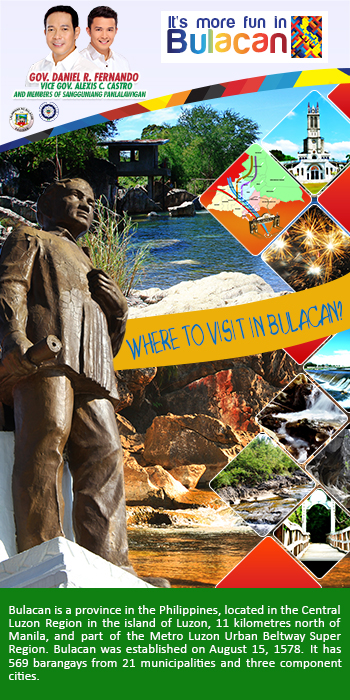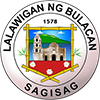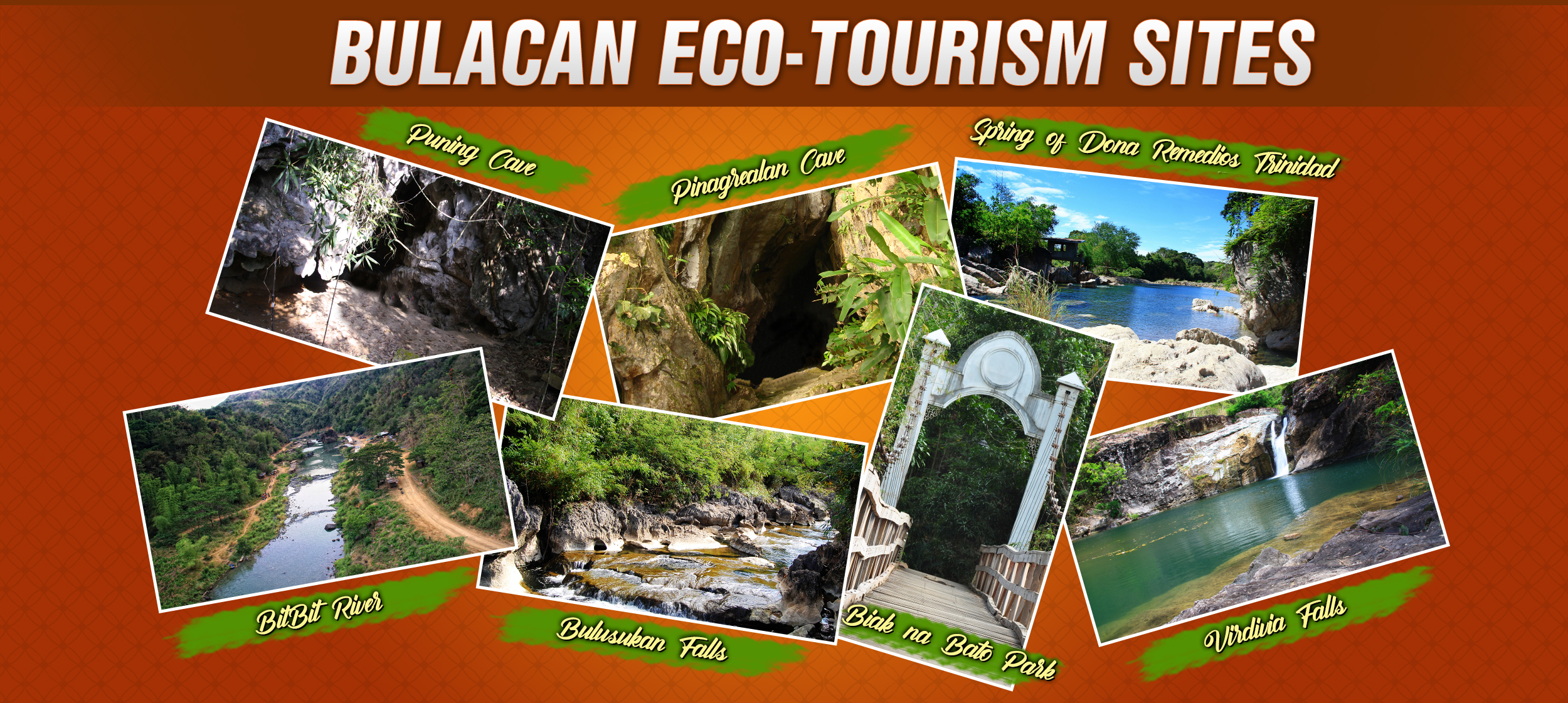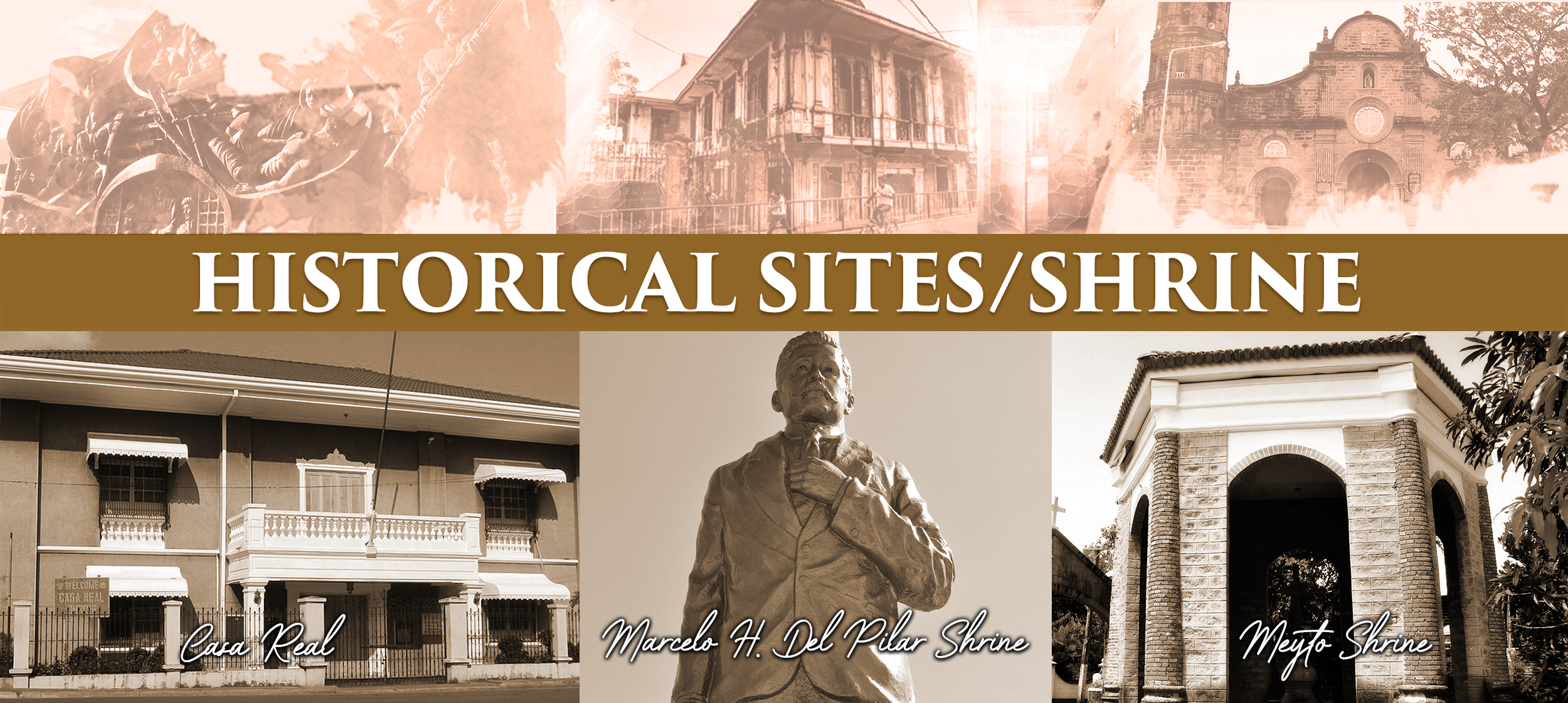Historical Sites
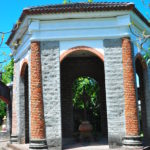
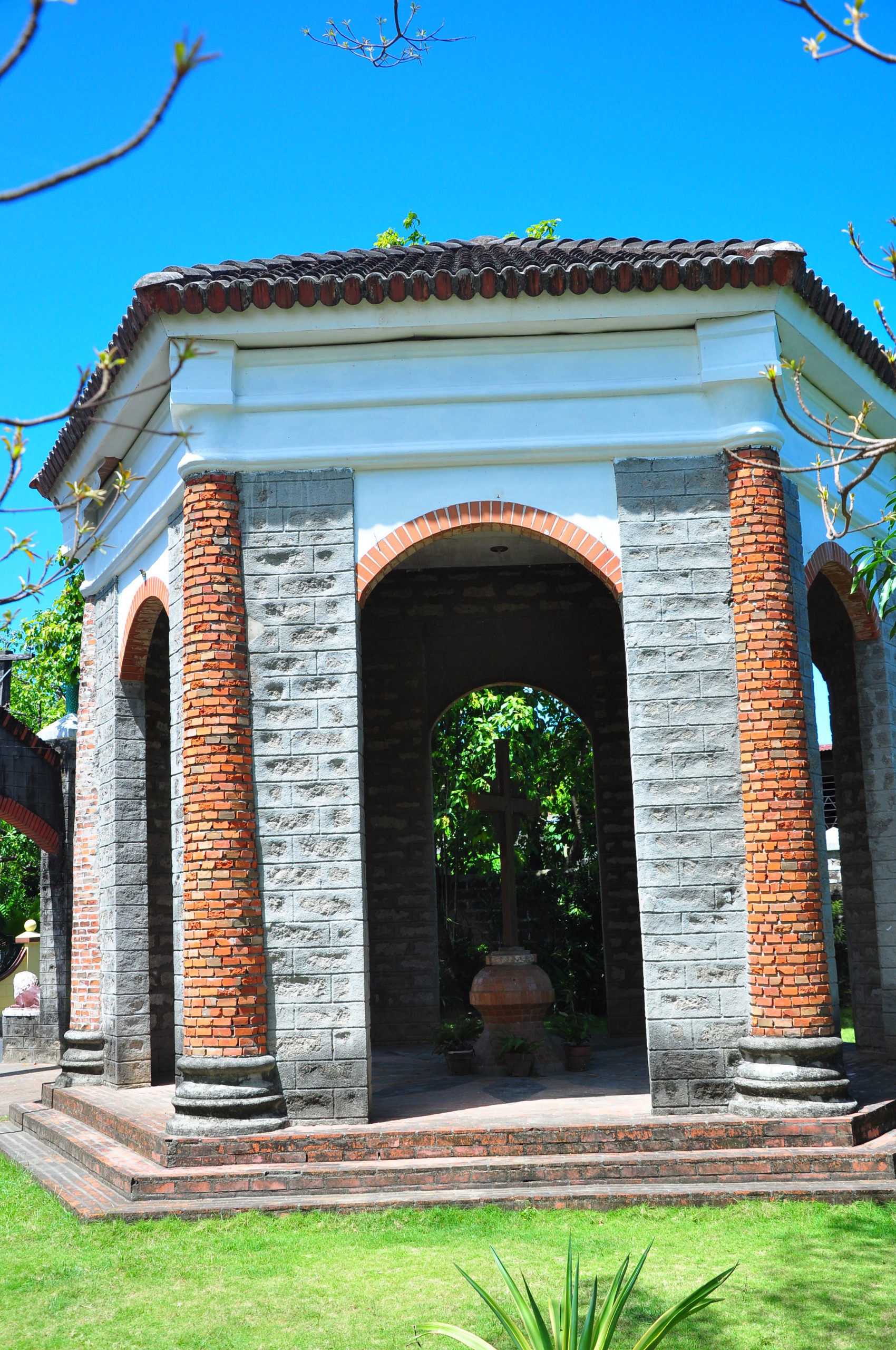
Meyto Shrine
This is the cradle of Christianity in the province, where the first Catholic Mass was held by the Augustinian friars, armed with cross in 1572.
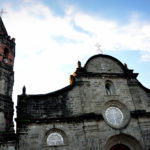
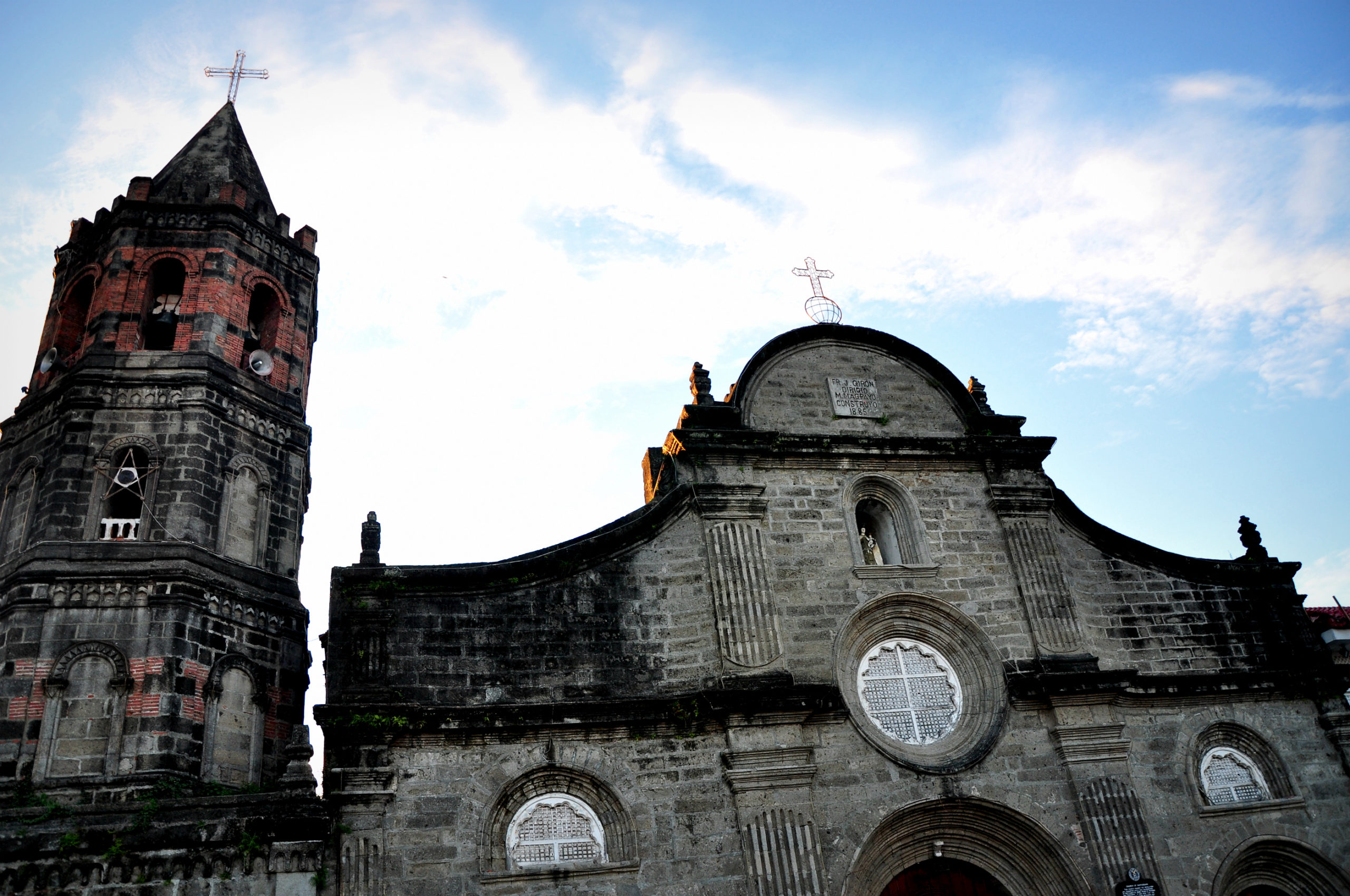
Barasoain Church
A national shrine, the historic Barasoain Church is the site of the Constitutional Convention of the first Philippine Republic, making the Philippines the very first Asian Government to promulgate a Constitution. It was the Seat of the First Philippine Republic on Sept. 15, 1898 to the last week of Feb. 1899 under the presidency of Pedro Paterno. In its convent the Universidad Literaria Cientifica de Filipinas was first housed. It also boasts of a light and sound museum under the management of National Historical Institute.
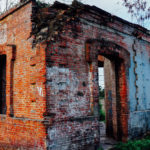
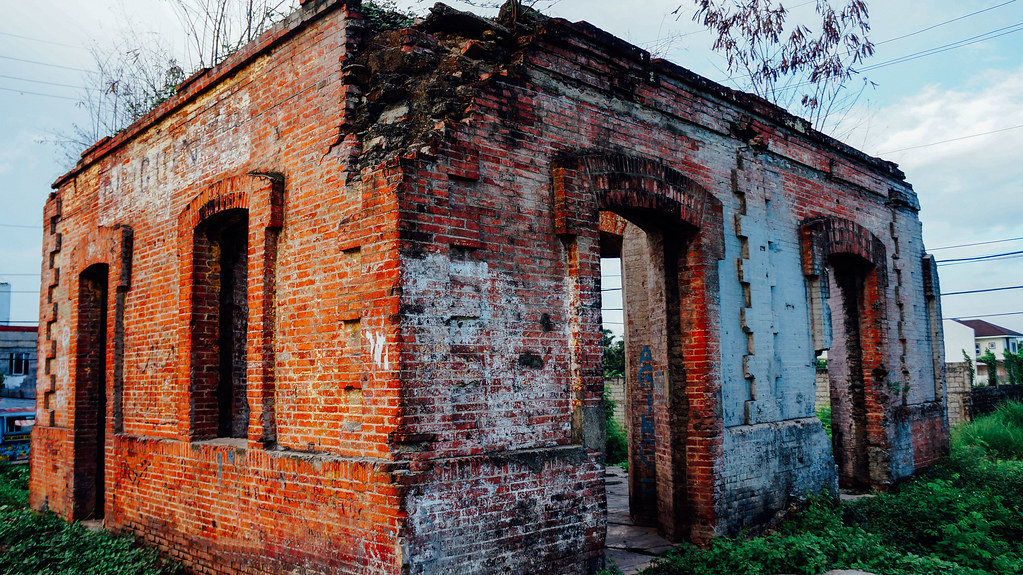
Old Train Station
Built sometime in 1896, the Estacion de Guiguinto (Guiguinto Old Train Station) of the Philippine National Railways is the town's most acclaimed historical landmark and heritage site. It was upon this site that around 200 Katipuneros fought for the cause of Filipino freedom led by Capt. Inocencio Tolentino. They ambushed a group of Spaniards on the night of 27 May 1898, including the parish friar of Guiguinto, Fr. Leocadio Sanchez, who brought cruelty to the natives in his regime. The incident inspired Severino Reyes to author one of the most famous zarzuela in the country "Walang Sugat" which was later made into a movie in 1939 and 1957.
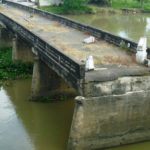
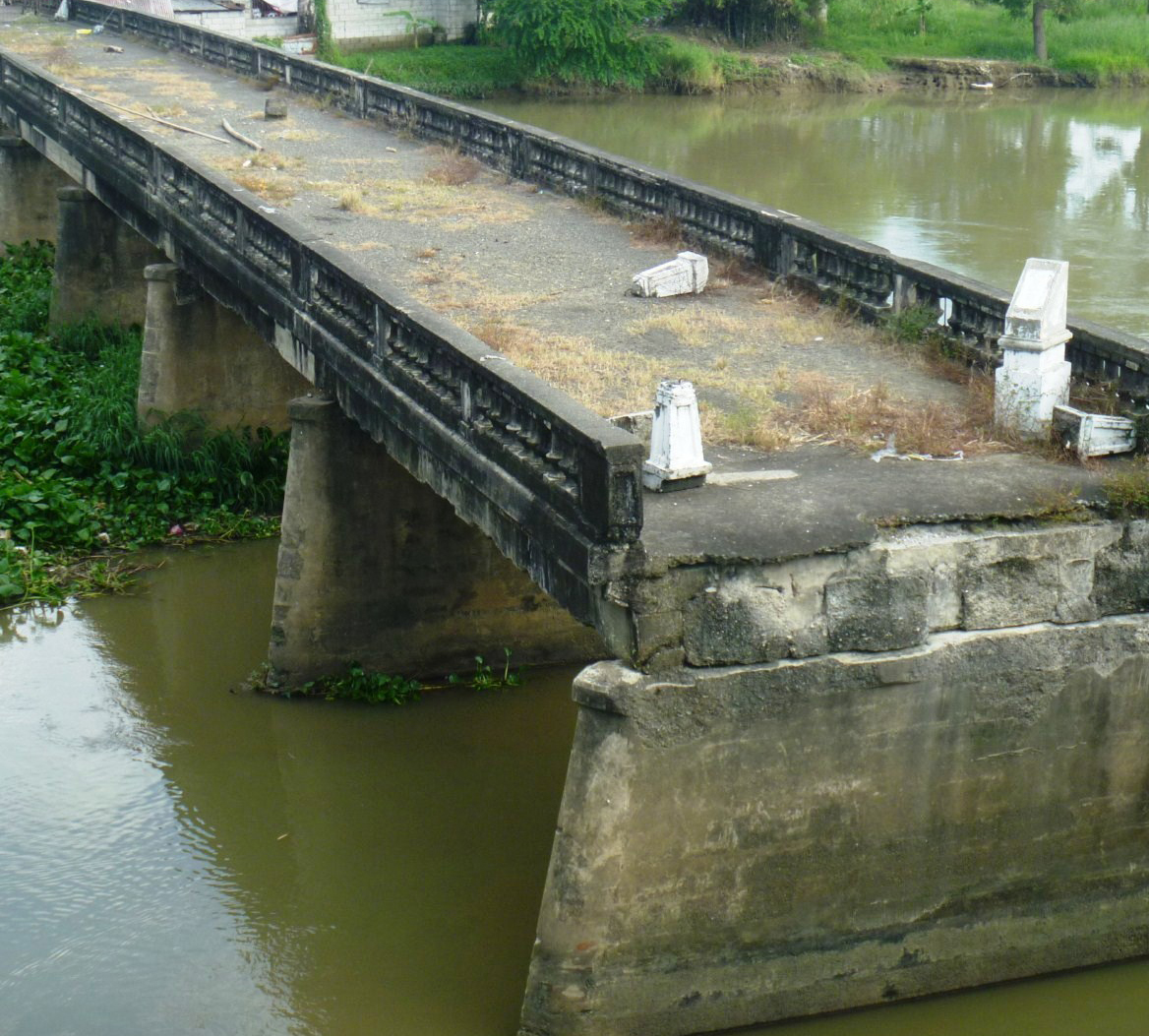
Bagbag Bridge
Site of the longest battle between the Americans and Filipinos led by General Gregorio del Pilar which took place in April 25, 1899. The bridge now standing serves as a reminder of the valor displayed by the Filipino who triumphed against the American forces.
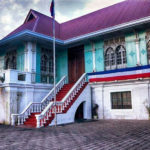
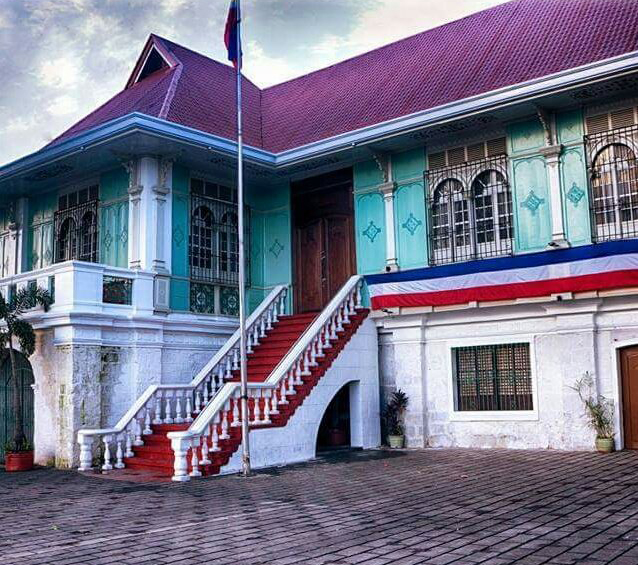
Baliuag Museum
It is the town’s center for historical and cultural heritage.
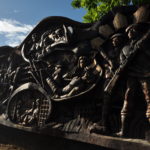
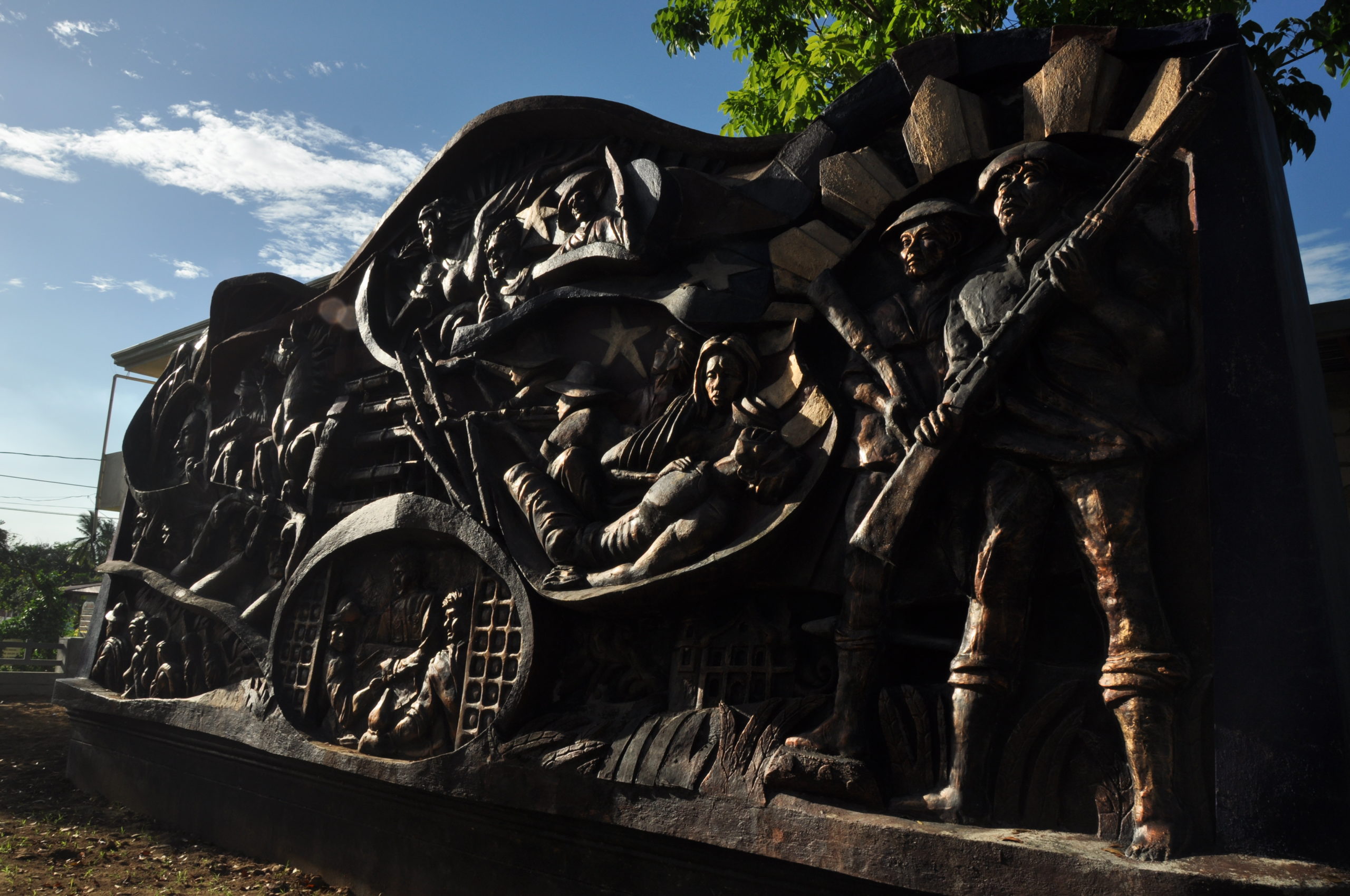
Kakarong De Sile Shrine
It is on this site where the bloodiest revolution in Bulacan took place where more than 3,000 Katipunero revolutionaries died. Likewise, it is on this site where the Republic of Real de Kakarong de Sili of 1896 was established.
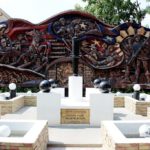
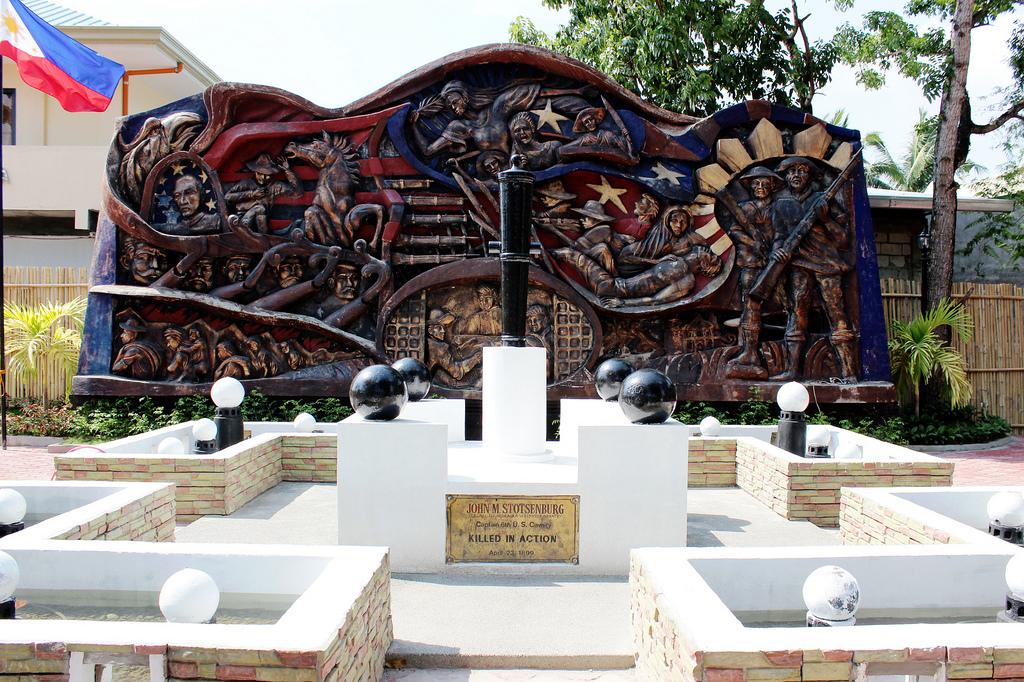
Battle of Quingua
Filipinos are well-known to be courageous and freedom lovers. The people of Plaridel are no exception. The marker commemorates the historic Battle of Quingua (Plaridel at present) where the Filipinos triumphed over the American forces in their fight for freedom. Likewise, it also commemorates the death of Col. John Stotsenberg—a prominent figure of the Philippine-American war.
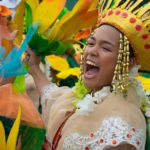
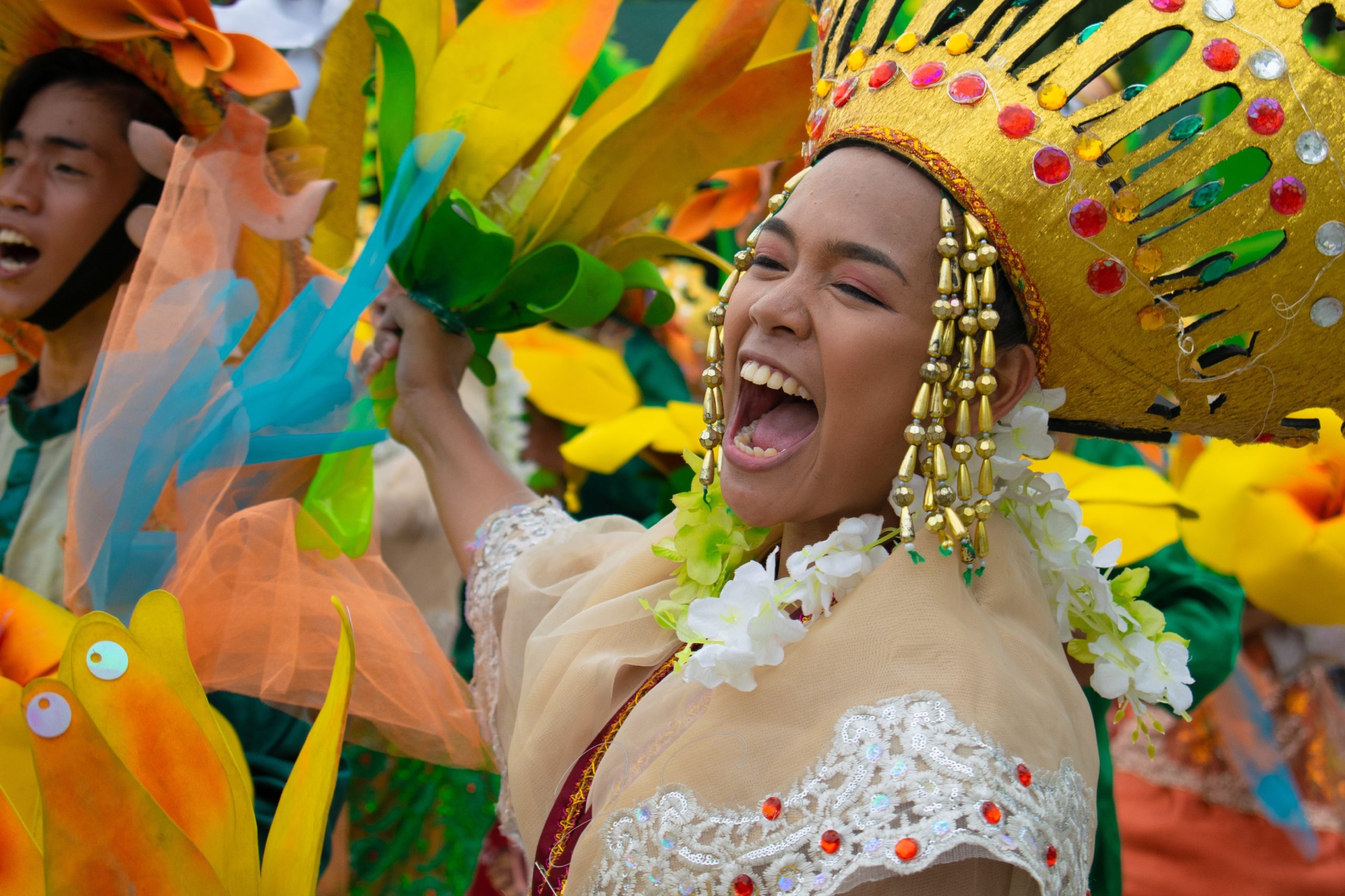
Linggo ng Bulacan
A week-long celebration consisting of various colourful cultural presentations, art and culinary exhibits, arts and skills contests, and the prestigious annual Dangal nf Lipi Awards Night. Yearly, its activities vary depending upon the chosen theme for the year.
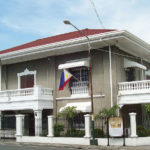
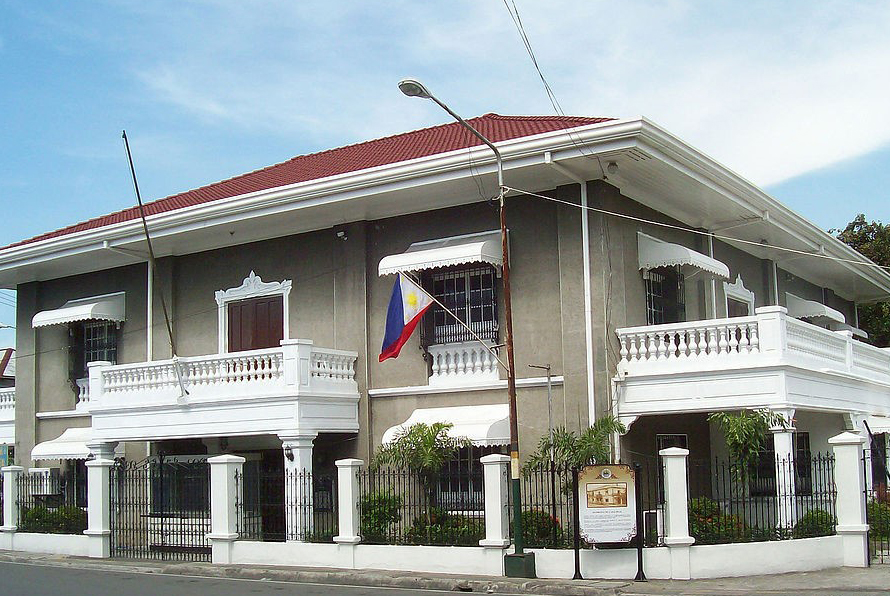
Casa Real Shrine
A printing press during the Malolos Republic, the Casa Real was restored in 1852 and converted into a municipal library. It is now a museum under the management of the National Historical Institute and serves as the final repository of still existing memorabilia.
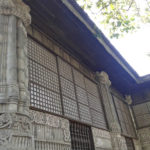
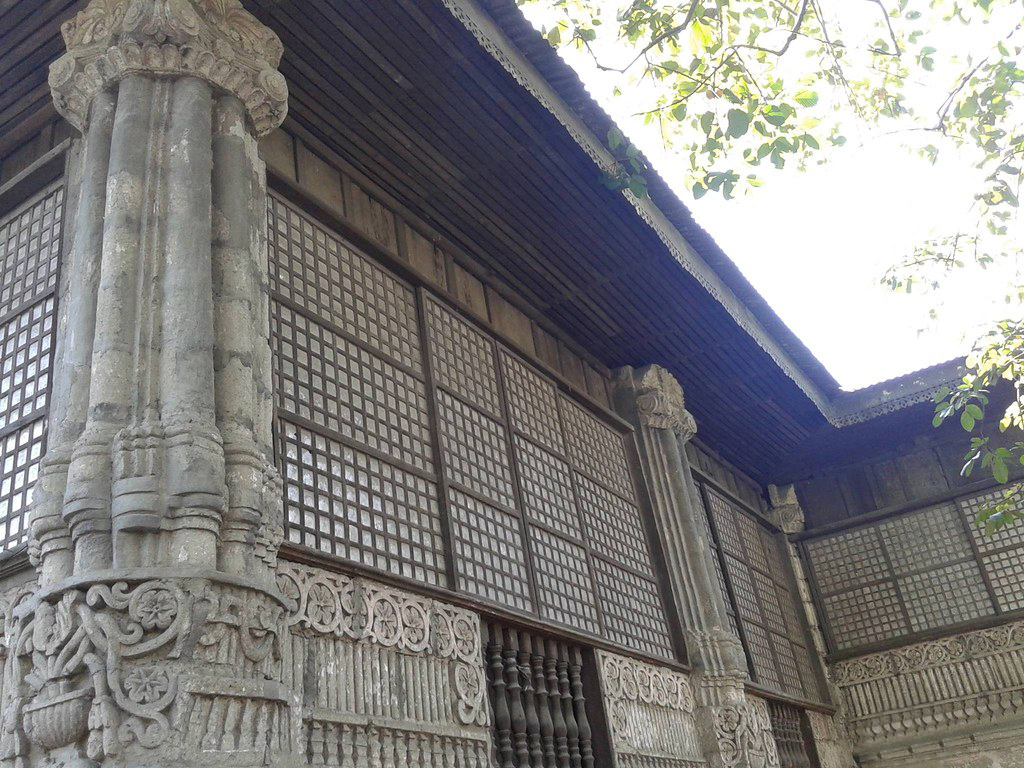
Mercado House
One of the several houses used as a fort by the Katipuneros, boasts of unique architectural designs of stone carvings on facade and walls, a masterpiece of Bulacan artisans.
St.John the Baptist Church
Built in 1572, the St. John the Baptist Church is the oldest church in Bulacan. Constructed under the supervision of Augustinian priest Fr. Diego Vivar-Ordoñez, the church had been witness to the Filipino’s struggle against Spanish, American and Japanese rule. Inside the church is a tunnel that, according to history, was used by priests during the Spanish regime to keep gold, religious statues, and ornate jewelry hidden from the sight of treasure hunters. Likewise, it is in this tunnel where revolutionaries and Spaniards were buried during the war. This was also Gen. Tanaka’s (Japanese Imperial Army) last battlefield.
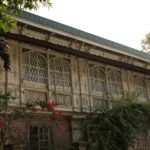
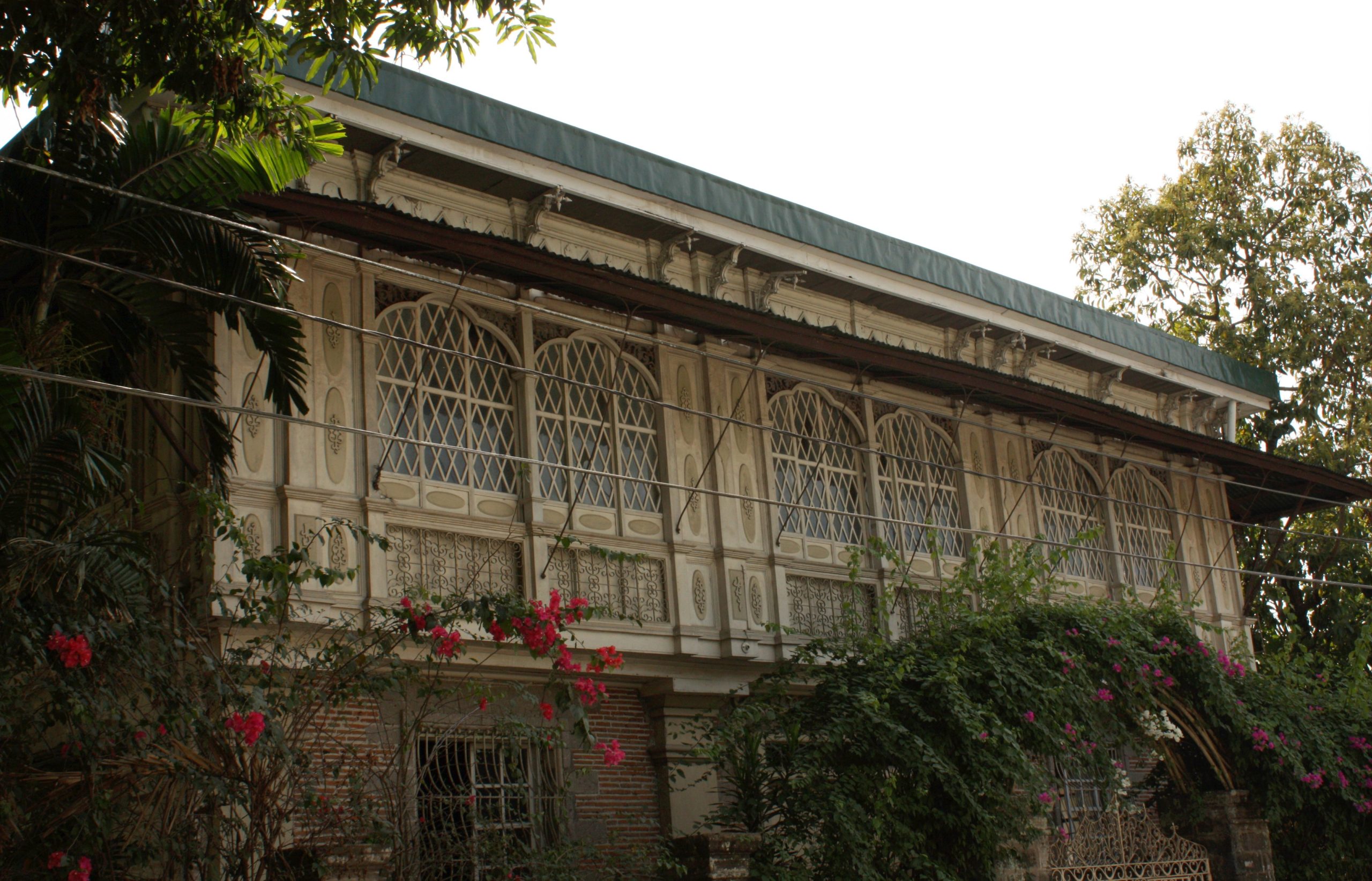
Tecson House
Three sons of original owners were all officers of the revolutionary army of Gen. Emilio Aguinaldo. For sometime, this house was used as the headquarters of Aguinaldo. The house is now owned by Mr. and Mrs. Cenen Mendiola. Simon Tecson is the Original Owner.
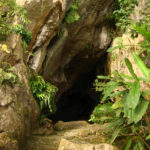
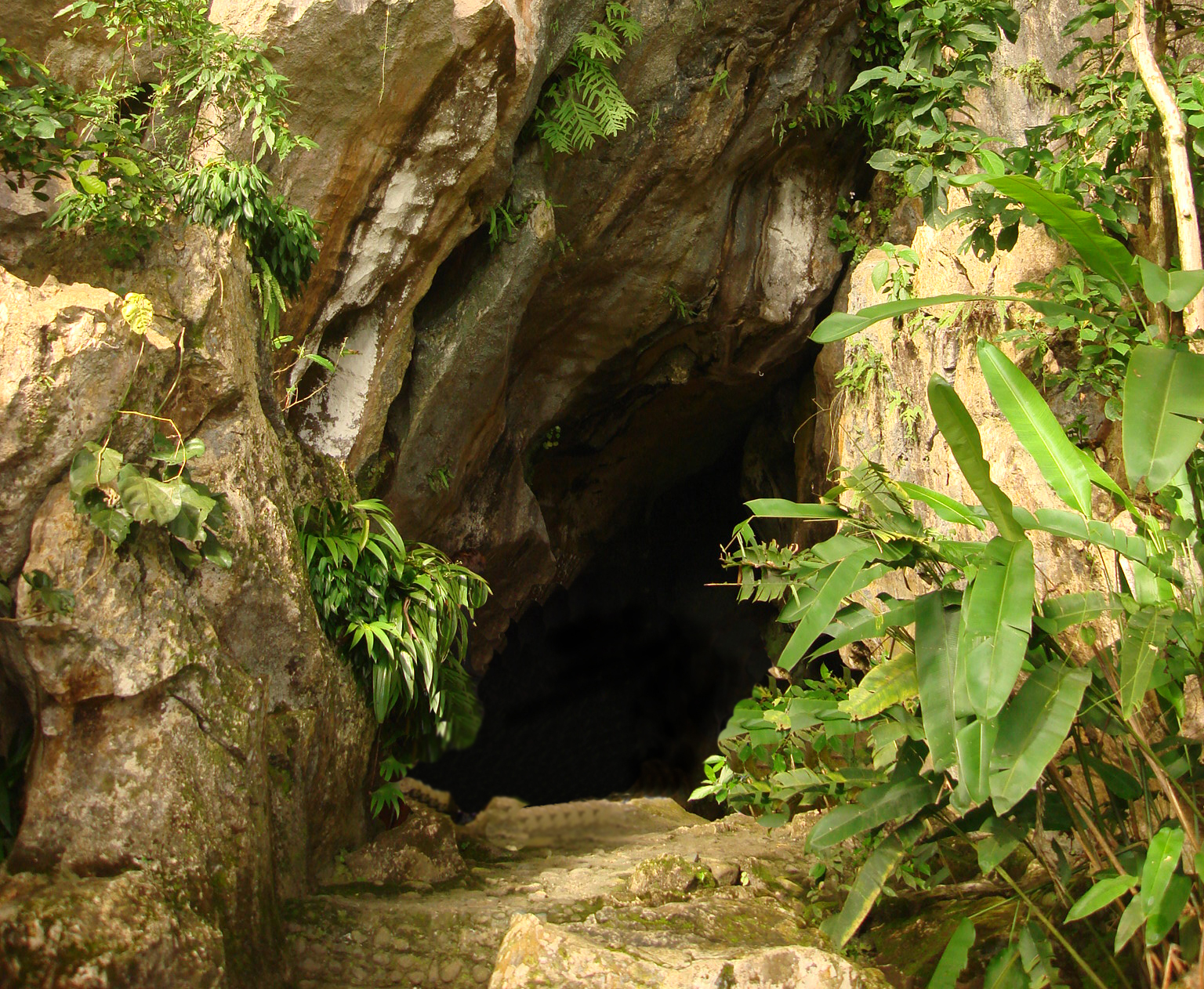
Pinagrealan Cave
This cave is a subterranean network of caverns extending more than a kilometer deep. The Katipunero Revolutionaries during the war against Spain used it as a camp in 1896 and again during the Filipino-American War in 1898 as hideout of General Emilio Aguinaldo (the First President of the Philippines). It was also used as a sanctuary by the Japanese Imperial Army when the Philippines was liberated by American Forces.
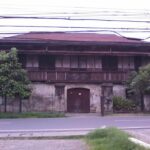
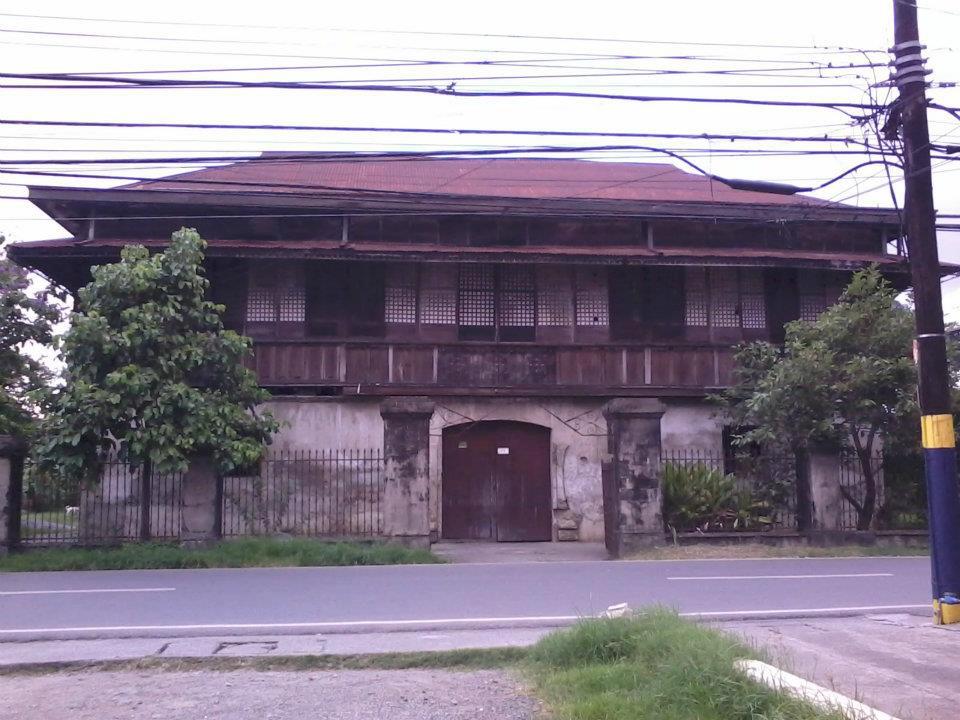
Enriquez Ancestral House
Constructed during the 1850s, it is one of the ancestral houses found in San Jose, Bulacan, Bulacan. Some of the documents of Marcelo H. del Pilar were found in this house. It houses a museum of rare antiques and historical artifacts.
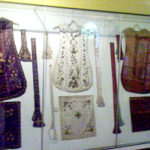
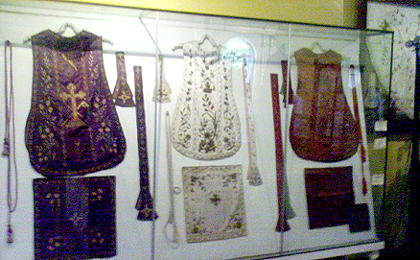
Barasoain Ecclesiastical Museum
A museum managed by National Historical Institute showcasing a collection of municipal antiques and priceless array of artifacts.
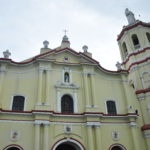
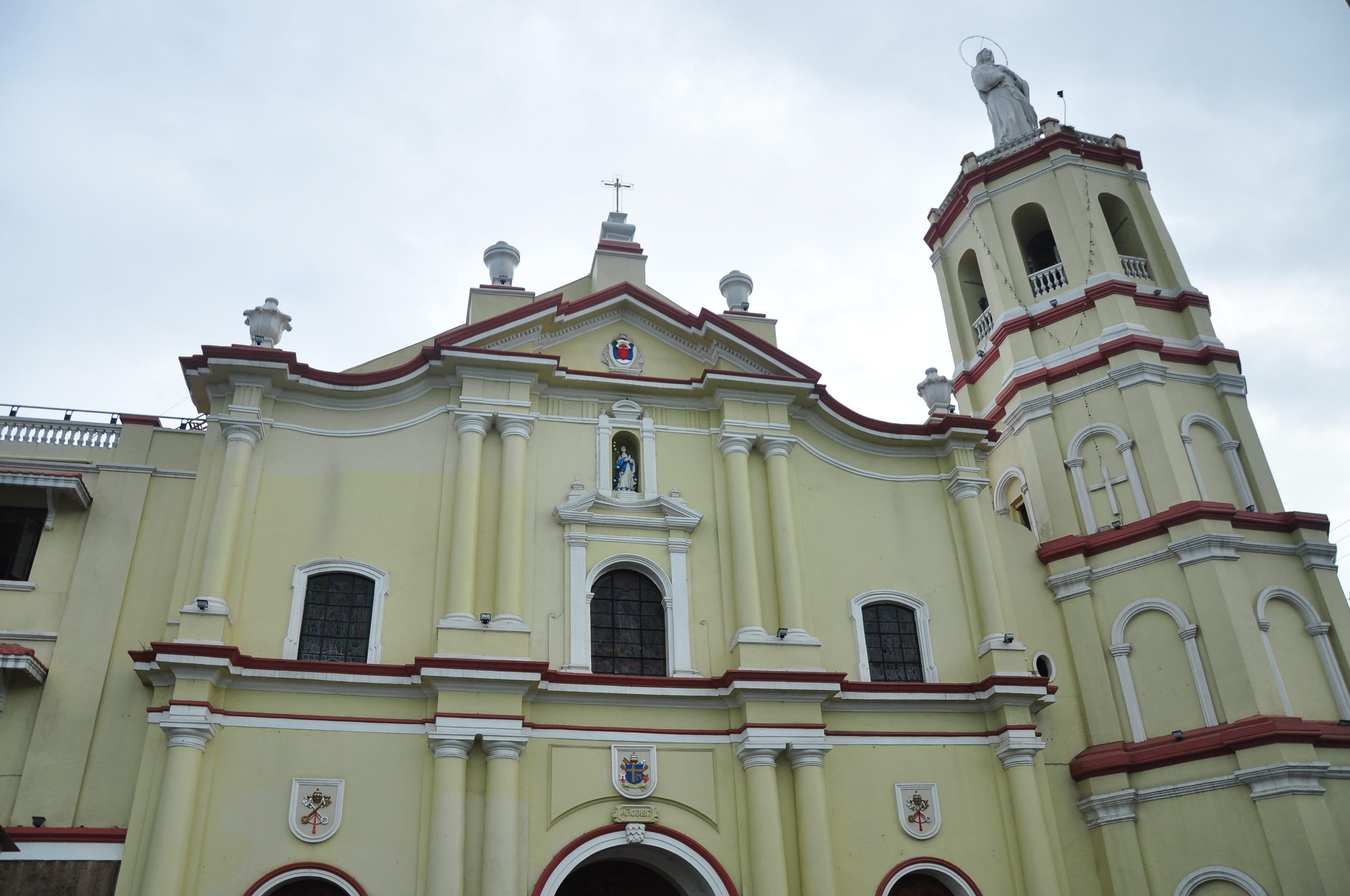
Basilica Minore De Immaculada Conception
This historic church was in 1896 the seat of power of Gen. Emilio Aguinaldo—the first president of the Republic of the Philippines. Located in front of the Basilica Minore is a century-old tree known as the Kalayaan Tree (Tree of Freedom) which was planted by Pres. Aguinaldo during a lull in the historic Malolos Convention. It is presently the seat of the Diocese of Malolos, and has been the bastion of faith for the past centuries.
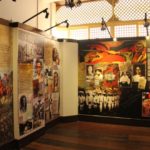
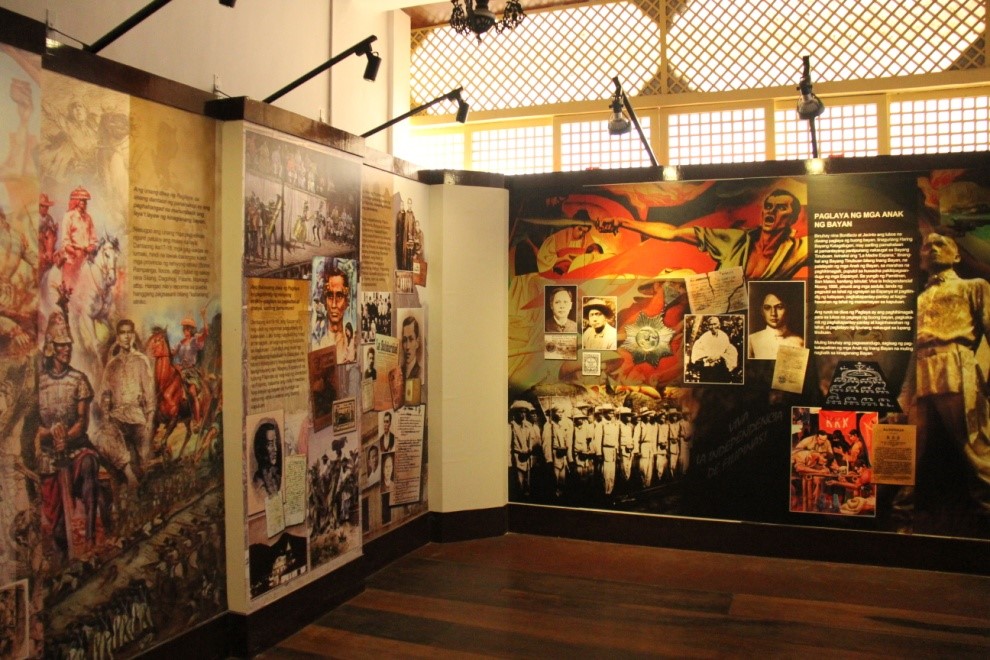
Bulacan Museum
The Museo ng Bulacan (Bulacan Museum) houses a collection of valuable relics and mementos, articles, documents and handicrafts of the Philippine revolution. Located in Malolos to promote the cultural heritage and tradition of the province. It is under the management of the Provincial Government of Bulacan.
Biak na Bato National Park
A huge split boulder which is the mountain hideout of the revolutionary forces during the Spanish regime and the place where the Malolos Constitution was signed by Gen. Emilio Aguinaldo and Pedro Paterno. It is where the historic Biak-na-Bato Republic was established.The park appeals to the adventurous spirit with its challenging rock formations. Hanging bridges and staircases connecting rivers and caves make for a pleasurable exploration.Among the many ecological attractions in Biak-na-Bato National Park are Bahay Paniki Cave, Aguinaldo Cave, Madlum Cave, Tanggapan Cave, and Tilandong Falls.
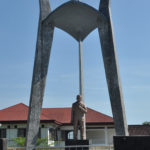
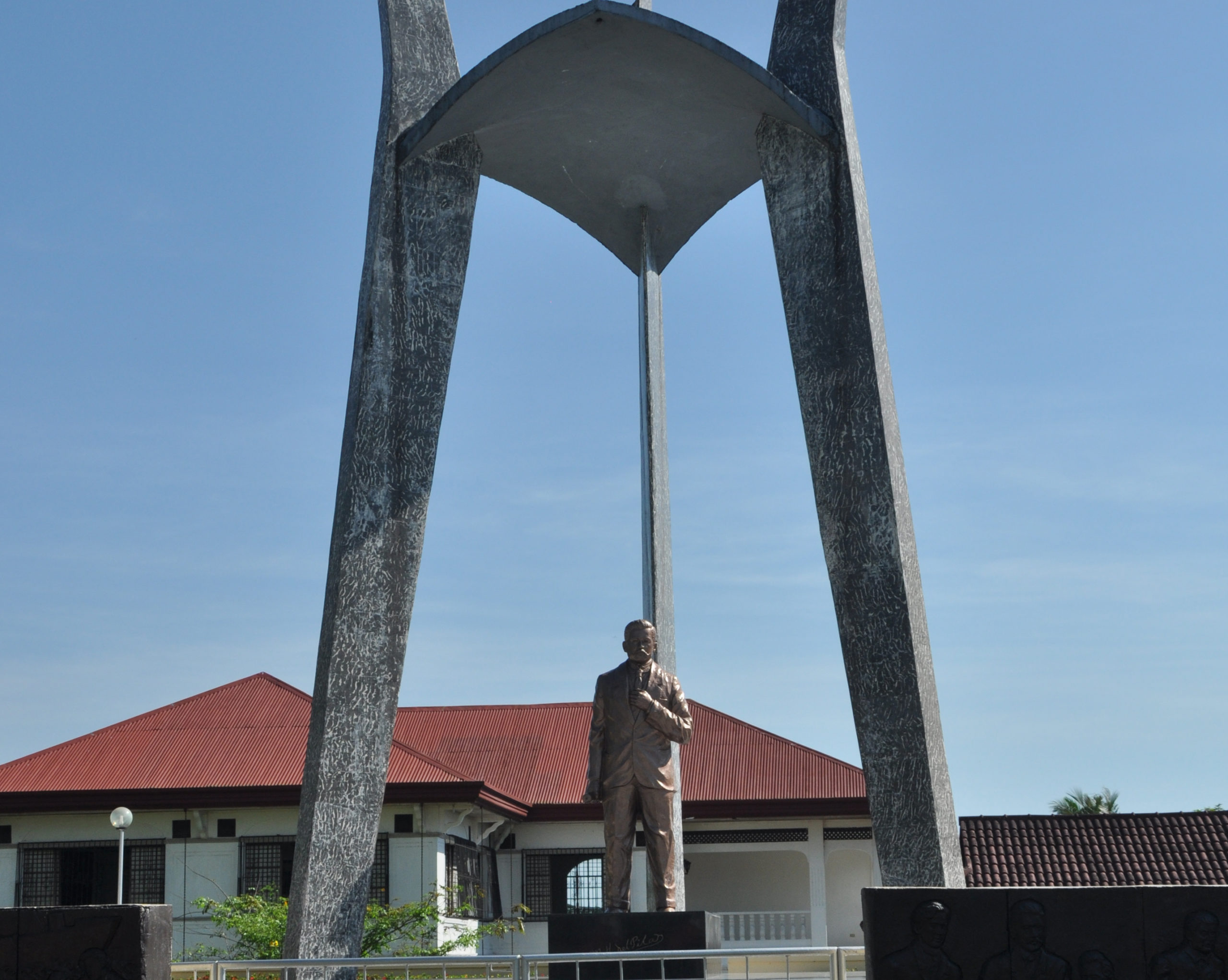
Marcelo H. Del Pilar Shrine
Marcelo H. del Pilar—patriot, writer, editor of the revolutionary paper La Solidaridad—is honored with this monument in Bulacan where he lived most of his life. The shrine is under the management of the National Historical Institute.


